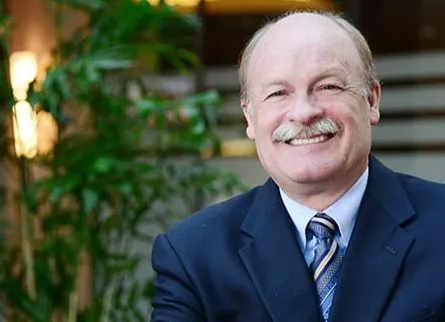20 years later, BestBank saga draws to end

BOULDER — Twenty years after the failure and closure of BestBank in Boulder, Federal Deposit Insurance Corp. has finally ended its receivership, bringing a two-decades-long sage to a close.
The FDIC took over as receiver for the bank in July 1998 after the bank’s collapse. Its job was to administer the assets of the business and make sure its debts were paid. In December 2017, the FDIC announced it would terminate its receivership for the institution.
“The liquidation of the receivership assets has been completed. To the extent permitted by available funds and in accordance…
THIS ARTICLE IS FOR SUBSCRIBERS ONLY
Continue reading for less than $3 per week!
Get a month of award-winning local business news, trends and insights
Access award-winning content today!
